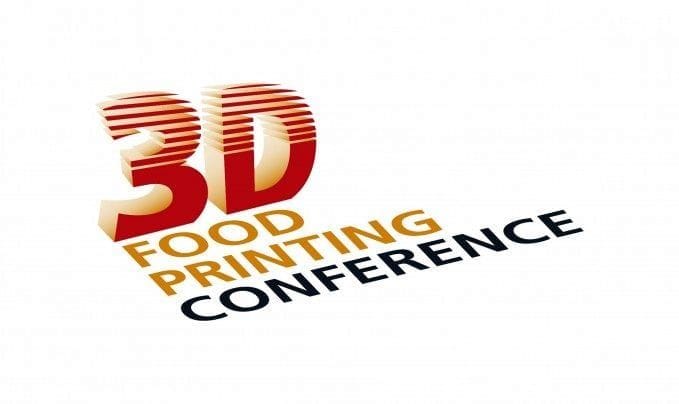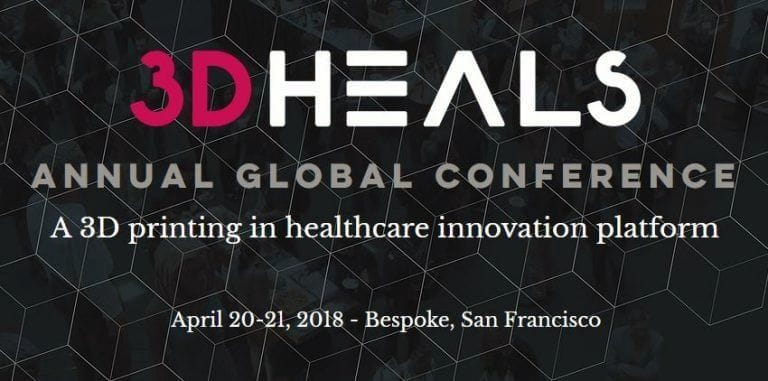
I’m fascinated with the evolution of how 3D printing technology is presented to the public.
One of the most important methods of exposure is through conferences, exhibitions and trade shows, where vendors can (usually) be guaranteed to show their equipment and services to perhaps thousands of potential customers. It can be an incredibly good marketing move for many businesses.
However, the form of those trade shows have evolved significantly in the past few years.
At one point years ago the only events you could see 3D printing were at events nominally focused on traditional technologies, such as “rapid prototyping” or “molding and casting”. 3D printing was often “in the other hall” or described by some attendees as “only a fad”.
Those days are gone forever.
The second stage of exhibition evolution focused on 3D printing in general, where events were dedicated only to 3D printing technologies. From here we’ve seen several very successful events emerge, with the largest being FormNext, held annually in Frankfurt. I would guess the 2018 version of that show could exceed 500 3D print vendors, and if so, would become the largest show ever for the technology ever held.
But I also see a third stage of evolution emerging: vertically-oriented events.
A major challenge facing many industrial and professional 3D printer vendors today remains persuading users in various industries to adopt new 3D print-oriented approaches in their businesses.
This is no small challenge, as most companies “don’t change what’s not broken”, and tend to keep doing what they’re doing. Usually they change only when they observe direct competitors taking advantage of a new approach to their own detriment.
So the key for 3D printer vendors is to work directly with those industries, and they have been. You’ll now see 3D print vendors appearing at, for example, auto, aerospace, dental, and other events, where they will demonstrate methods specialized for those industries.
But there is another channel that is emerging, 3D print events dedicated to particular applications.
I’ve seen marketing material from several in the past few months. While this type of event has been attempted in the past, there are some such events that now repeat annually, suggesting they are here to stay.
Three in particular caught my eye:

The 3D Food Printing Conference, taking place in the Netherlands on 28 June:
The 3D printing technology will be fundamental to the way people interact with food in the future. Supermarkets are already testing to 3D print customized cakes, restaurants are offering printed desserts. Some even claim that there will be a 3D food printer in every home in just two years.
However, much research is required to change the hype into reality. Which industries will be influenced by the technology? Which food components can be printed in the near future? And which aspects should be taken into account to ensure safety and maintainability of 3D printed food?
You’ll note this is not necessarily about casual hobby food printing, but more industrial and professional in nature. That’s potentially sustainable as a business.

3DHeals, San Francisco 20-21 April:
We welcome everyone who is actively engaged or simply interested in the application of 3D printing technology in the healthcare sector to join this vibrant new global community. This includes but not limited to healthcare professionals, entrepreneurs, developers, investors, designers, and regulatory experts.
Medical applications of 3D printing are exploding, so it is only natural for dedicated events to emerge.
A 3D Construction Conference took place last year in Copenhagen, with future events likely.
One of the new digital based technologies, which has the potential to disrupt the construction industry, is 3D print. 3D printing allows for an unprecedented amount of saved wage consumption through automation and reduction of material consumption in the construction process. 3D Printed Construction is on the rise, not least abroad, where a number of spectacular construction projects and concepts are being realized. In countries like Holland, France, Spain and China, building constructions can already be seen using the new technology, and many new projects are already under way.
While I expect the now-enormous generalized 3D print events to continue as the major focus for product announcements and public exposure, I believe we will see an increased number of specialized events.
That will be a very good thing, as it will more directly justify and explain the use of 3D printing to very specific professional audiences.
They need this.

